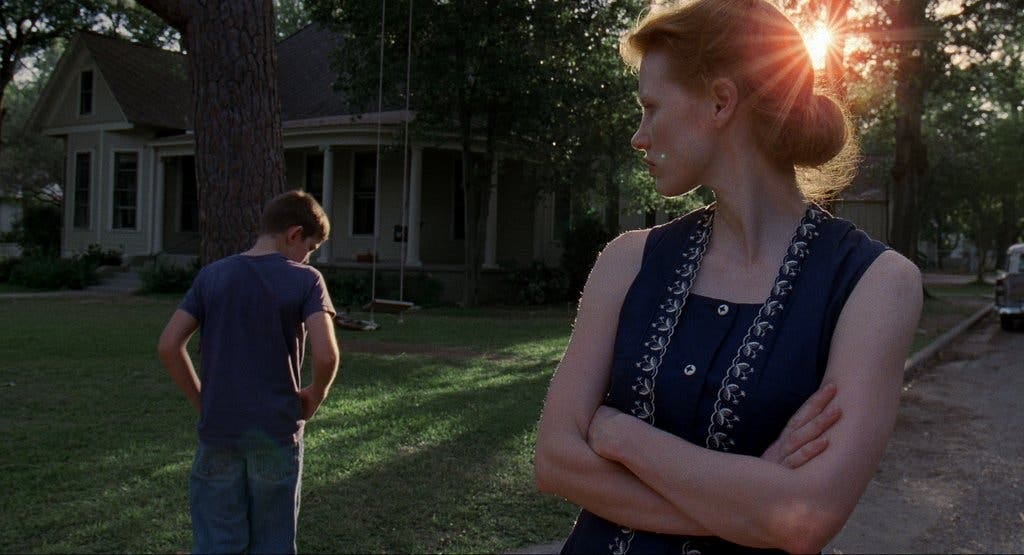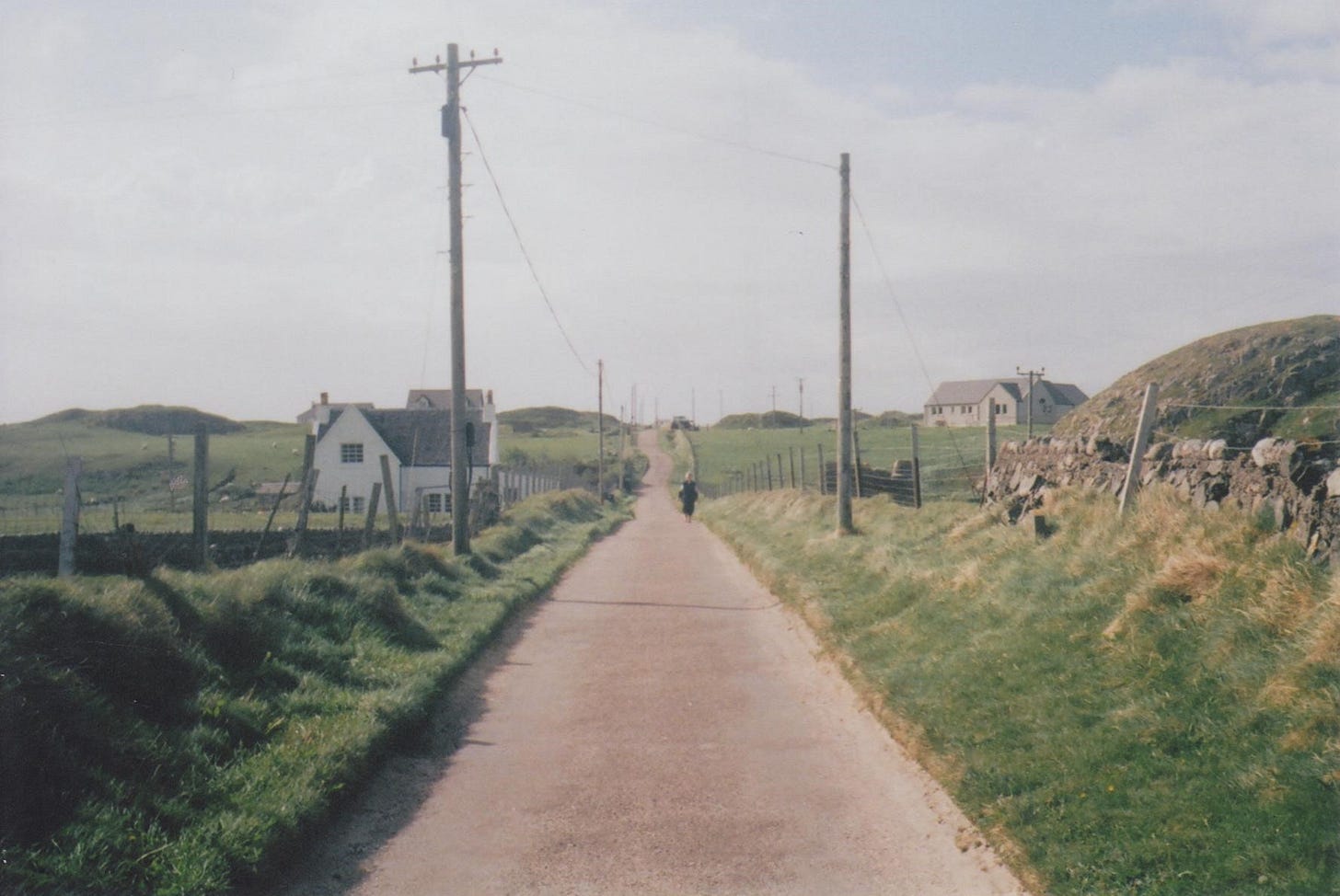Focus on your breath. Feel the air move in and out of your lungs. Think about your toes. Great. Now, here are a few cultural artifacts to help keep things slow.
LISTEN
Indie Instrumentals that pump the brakes
The best albums always take you on a journey. Some manage to do that while going full-tilt from beginning to end, but in most cases, an LP needs a track or two that brings the pace down.
Every now and then, in the “indie” or “alternative” genres (don’t worry, I hate those terms, too), an artist or group uses a lyricless track to give listeners a breather. Here are six excellent examples of just that.
“Pacific Theme” by Broken Social Scene
I hope this Canadian classic needs no introduction. The Toronto band that basically reintroduced the concept of a music collective came out with guns blazing when they released You Forgot It in People, their first full-length album.
BSS gravitated toward instrumentals a few times on this record, more so than on the albums that came after. But among the ambient “Capture the Flag,” the interludey “Late Nineties Bedroom Rock for the Missionaries,” and sweet send-off “Pitter Patter Goes My Heart,” the summer-holiday groove of “Pacific Theme” helps it stand out as the stand-alone. I wouldn’t be surprised to see it included on a “Best Of” compliation, would you?
Did I assume wrongly? Do you love the terms “indie” and “alternative”?
Tell me why.
“May Is Blood Month” by Jordan Klassen
Another Canadian that doesn’t shy away from keeping lyrics out of a track or two, Jordan wedges “May Is Blood Month” between two fan favourites on his second LP, Repentance.
Under most circumstances, that would encourage listeners to forget about it. Instead, Klassen shows off his composition chops while adding a new ingredient—electronic drums—to his repertoire. Thanks to the drum machine, the track serves as a sonic bridge, not just from “Go to Me” to “Balcony,” but from Repentance to its 2016 follow-up, Javelin.
“Heard Them Stirring” by Fleet Foxes
Fleet Foxes’ self-titled debut is responsible for a lot. Would the leather-vest-wearing indie bands of the early 2010s have made the mainstream impact they did if not for this album? I think not. Maybe it didn’t get the same radio-play as Mumford & Sons or the Lumineers, but at this point, that’s to its credit.
“Heard Them Stirring” serves to continue the midieval-minstrel aesthetic while giving you a much needed pause between two heavy-hitters: “He Doesn’t Know Why,” and “Your Protector.” It might not be the track still finding its way on indie folk playlists, but you definitely appreciate “Heard Them Stirring” while listening to Fleet Foxes all the way through.
“Keechie” by No Age
No Age got a lot of limelight in the late ‘00s and early ‘10s for their combination of ambience-infused garage punk, and Nouns was the LP that really started that fire. Randy Randall and Dean Spunt show off a lot of self-taught, chaotic energy on the first few tracks, but sprinkle in a few breathtaking breath-takers along the way to show you they can make pretty things, too.
“Keechie” is a fine example of this. Rather than keep punching you with skin-breaking drums and ear-bleeding guitars, the track funnels their familiar tones into a shoegaze soup, sprinkling a very Yo La Tengo-esque guitar lick overtop to give it some direction. In the midst of a pretty hard-hitting punk set, it’s a moment to close your eyes, pause, and let the sweat drip from your mosh-pitted hair.
“Fireside” by Yo La Tengo
Popular Songs is fantastic for the same reason most Yo La Tengo albums are fantastic: congruent variety. Ira, Georgia, and James can pull off power-pop, punk, shoegaze—even a little country twang—all on one record, and still produce something that feels fully formed. They have plenty of fun on this 2009 release, but “The Fireside” brings things into a slower, more atmospheric direction.
It’s not a pure instrumental. At the 7:16 mark of the 11-and-a-half-minute song, Mr. Kaplan pops in with a few, short words. But it fails to detract from the track’s tenderness. You can always count on “The Fireside” to ground you in a state of calm.
“Treefingers” by Radiohead
I don’t know if there’s much more to say about Kid A. But “Treefingers”? That’s a different story. Amidst all the new-world-era depression and paranoia, “Treefingers” is a surprisingly uplifting sound bath of a song, like getting upgraded to the executive suite after a particularly hectic air-travel experience.
When it first arrived in my ears, my uneducated, teenage brain thought this album, and especially the electronic soundscapes like “Treefingers,” were like alien life forms, completely disconnected from the rest of music history. I’ve since discovered the Brian Enos and Portisheads that influenced Radiohead’s work, but somehow, that’s made the threading of Kid A seem even better—a threading that wouldn’t exist without a track like this.
-AK
WATCH
The slow-burn brilliance of Terrence Malick
Any family members reading this will laugh. Because if there’s one artist I love that defines the “too seriously” bit of Ponytail Press’ tagline, it’s Terrence Malick. Don’t come to these movies expecting a sharp, action-packed plot. Instead, expect a close look at nature—the world’s and our own.
If you are new to Mr. Malick’s movies, I actually encourage you to watch these three selections in order, starting in 1998 with The Thin Red Line, and ending in 2011 with The Tree of Life. They teach you everything you need to know about Malick’s work that came before and after.
The Thin Red Line
The first thing any outsider will notice about The Thin Red Line is its cast. An intense number of familiar faces grace the screen here, from legends who were already well established at the time like Nick Nolte and John Travolta to newer faces we now know well like Adrian Brody, Jim Caviezel, and Jared Leto.
But don’t let that list of names or the fact that this is a war movie fool you. Though this one has the most explosions of any Malick film, it relies mostly on what Terrence knows best—intimate, solitary moments showing characters reflecting on their current experiences and struggling to make metaphysical sense of them. No focus on heroism here.
The New World
With The New World, Malick took one step further toward the style he would land on with The Tree of Life and continue to use for the films that followed it. Another period-piece, this one dramatizes the classic American love triangle between John Smith, John Rolfe, and Pocahontas.
Setting aside the politics of this American myth for a second, try to focus on the depictions of the natural world while you watch this movie. The first thing I heard about it was that a large portion of it was shot during what photographers call “golden hour,” the few minutes before the sun sets. That use of light turns the untouched landscape of Virginia into a truly beautiful centrepeice throughout the story. Check out the video below for a bit of a taste. It’ll make you want to go outside.
The Tree of Life
For a long time, I went around saying this was my all-time favourite movie. That comment got mixed reviews, I’ll admit. But something about the way Malick stirs the history of the planet with his own still sticks with me in a way that few stories have in my life. It’s a film that asks more questions than it answers, but it always prompts me to ask them, too.
The Tree of Life doesn’t suit every occasion. But if you’re in the mood to ponder the existence of God (and, yes, dinosaurs), get real with the painfulness of childhood, and get dizzy from some of the best cinematography ever produced, pour yourself a glass of water and watch this movie.
-AK
READ
A few poems and pictures for pausing
Of all the different written art forms, poetry is probably the slowest, where the forward momentum and full word slates found in most prose and narrative are replaced with careful pauses and particular diction.
So for this edition of READ recommendations, I’m presenting a few handpicked stanzas from Pushing the Boat Out, a collection of poetry published by Wild Goose Publications, located on the gorgeously slow-living Scottish isle of Iona that I had the privilege of visiting for a week in the spring of 2011. With each poem, I’ll include a film photograph I took while I was there. I invite you to read, slowly.
“Prize-Giving” - Kathy Galloway
I am planning to offer a prize
for the person who comes in last
the one easily distracted
by the interesting
things
along
the
way
the one who stopped to talk
idled
by
the roadside
lifting her face like a sunflower
the one who stilled her breathing
to keep pace with
elderly gentlemen
and the slow rise
of the moon
the one who noticed the pulse beating
beneath the tanned woman’s skin
and forgot where he was going
for several minutes
and found himself
admiring strange architecture
and smelling fish and oranges
up an alley
thehighadrenalinesoakedthrillofgoingsomewherefast
is not to be compared
with the low-down pleasures
o f b e i n g s o m e w h e r e
s l o w
I am on a mission to convert the world
I shall be offering prizes
“A Time to Kill” - Kathy Galloway
Shall we kill some time together
you and I
murder a few clocks
neglect the radio alarm
sentence diaries to slow burning
or better
overcrowd them to extinction
hopelessly confuse annual events
by holding them to the whims of toddlers
and making every day a birthday
…
Of course, we wouldn’t kill it all
We’ll save the free time
We’ll keep the good times
We’ll have the time of our lives
“Paradox” - Yvonne Morland
We are omnipotent,
able to order and destroy
according to our design.
Yet the turn of a leaf in morning sun
and the catch in our throat
drives us to our knees
and into prayer.
For some, prayer may be an attempt to connect meaningfully with the divine out “there.” For others, it may look like intentionally becoming more aware of one’s earthly body in one’s “here” (see our meditative introduction). Or perhaps prayer can be as simple as silently holding the hand of a loved one during a difficult time. My personal perspective would suggest that these three things have significant overlap. Whatever the case, in this particular poetic and Ponytail Press context I take it to mean a significant slowing down. A laying down of arms that order and thoughts that destroy. A paying attention to the beauty that lies within and without ourselves.
Deep breaths,
-JB
That’s all for this week. Next time, pack your swimsuit. We’re diving into the fluid theme of











Absolutely loved your poetry excerpts and photos, Joel. Beautiful.
Listening to a YLT record is never the same thing twice; there's always a new chord here, or a note there waiting to be discovered. It's what makes them great.
I don't know if I hate the term "Alternative" anymore. More than anything, I think it's been rendered meaningless. Alternative to what, exactly? Indie is okay, and at the risk of showing my age here, "College rock" is even better."